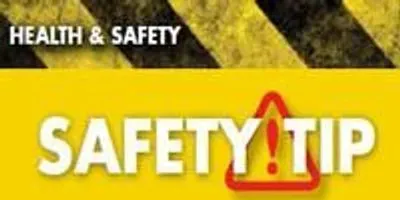The proper storage of chemicals has become a focal point of laboratory safety. We need to keep chemicals that are incompatible separated some reasonable distance from each other. At the same time, the law of diminishing returns applies here. One can expend a significant amount of energy and not receive much additional protection for the effort.











